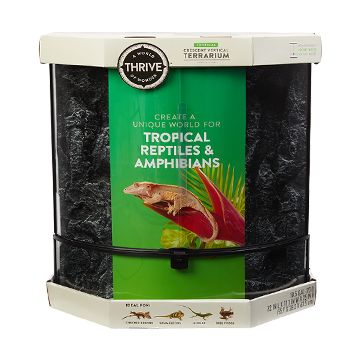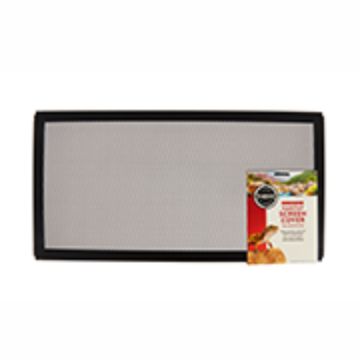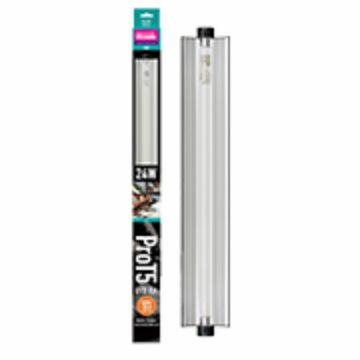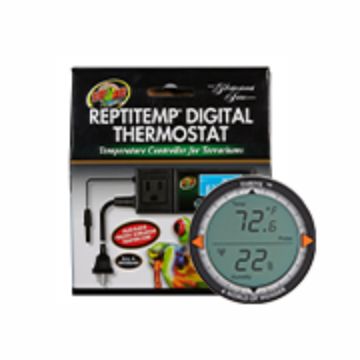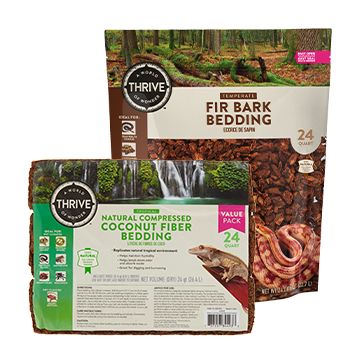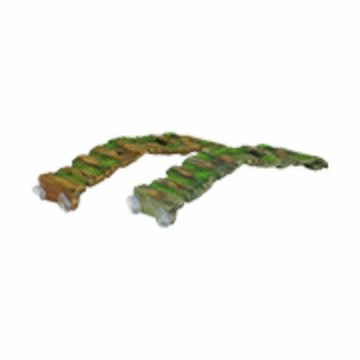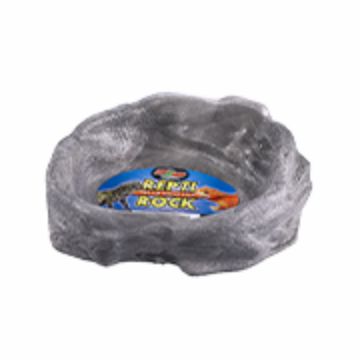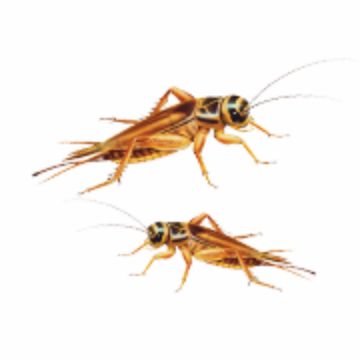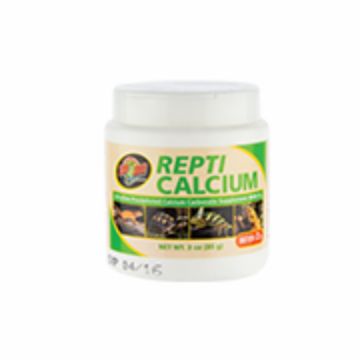Alert & agile
Dive into the exciting world of brightly colored anoles.
Shopping Checklist
How do I set up a terrarium?
- One anole requires a 10 gallon terrarium (18" high with a screened lid). For multiple anoles, use a larger terrarium.
- Line the habitat with 2-3" of coconut fiber, moss or bark bedding. Remove droppings and spot-clean frequently. Stir the bedding every other week and change every month.
- Create a hiding place with natural or artificial rocks or wood, and provide live plants and branches for your anole to climb.
- Anoles require a temperature gradient (warm on top and cool on the bottom). Add thermometer(s) (one on the top and one on the bottom) to measure the temperature, and a hygrometer to measure humidity.
- Reptiles require a 12-hour day/night cycle. Provide your pet with a UVB and heat lamp so that they can properly absorb calcium.
- Create and maintain humidity by keeping the water dish full, misting your pet and habitat 2-3 times every day, or using an automatic fogger or drip system.
- For more information, consult PetSmart's "Reptile & Amphibian Heating & Lighting" and "Setting Up a Reptile or Amphibian Habitat" Care Guides.
Temperature gradient
Create a cool side and basking spot in the habitat for your reptile.
What do anoles eat?
- As their primary food source, feed anole 2-5 gut-loaded crickets or dubia roaches once daily.
- Dust food with a calcium powder: 2-3x a week and a reptile multivitamin once a week, or as directed by your veterinarian.
- Provide a fresh, clean dish of water daily to sip from and soak in.
- Feed 1-2x weekly. Supplement diet with mealworms, phoenix worms or appropriately-sized hornworms.
When to contact my vet?
Contact your reptile vet if you notice any of the following signs:
Reptile Care
Help support your pet's best life.






